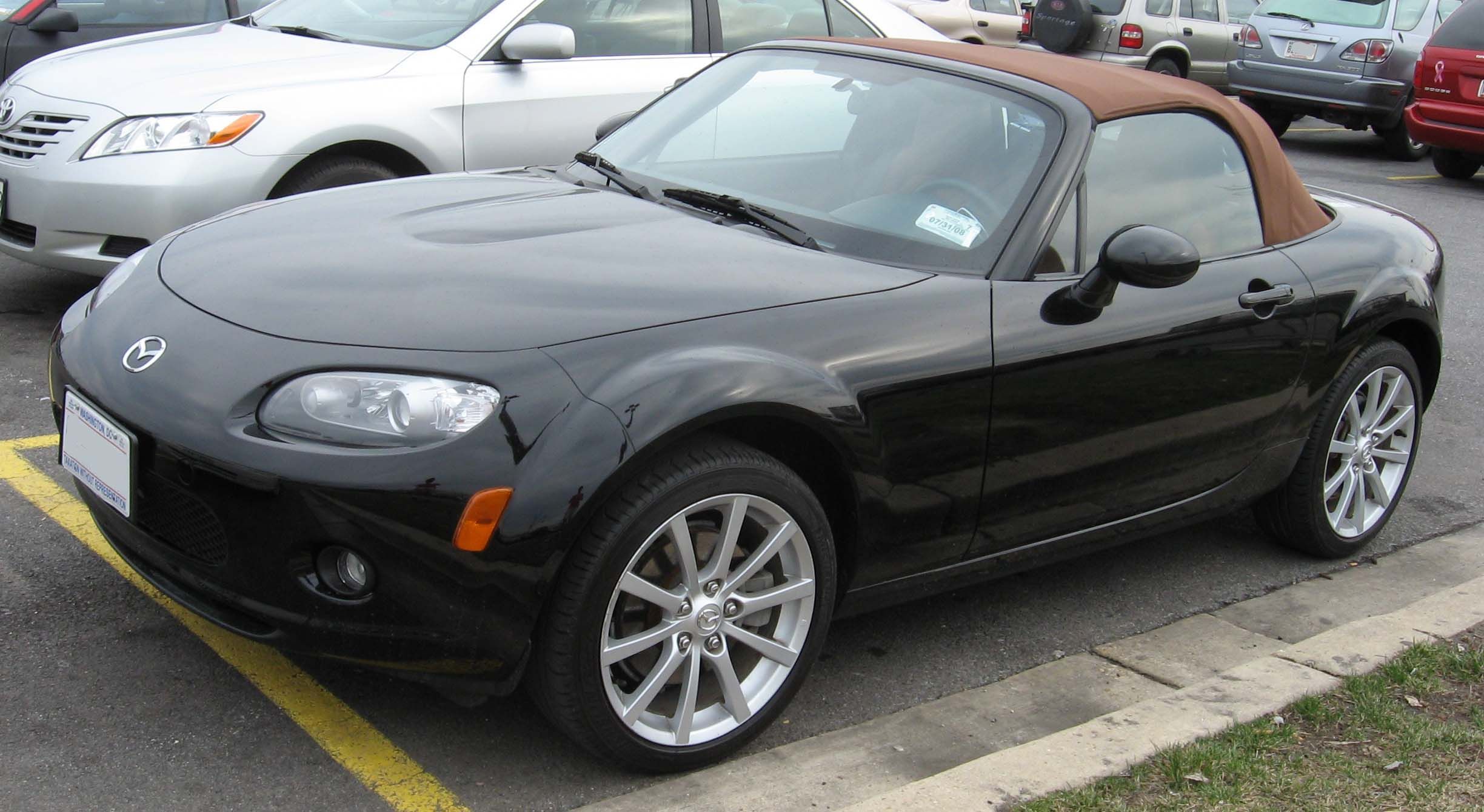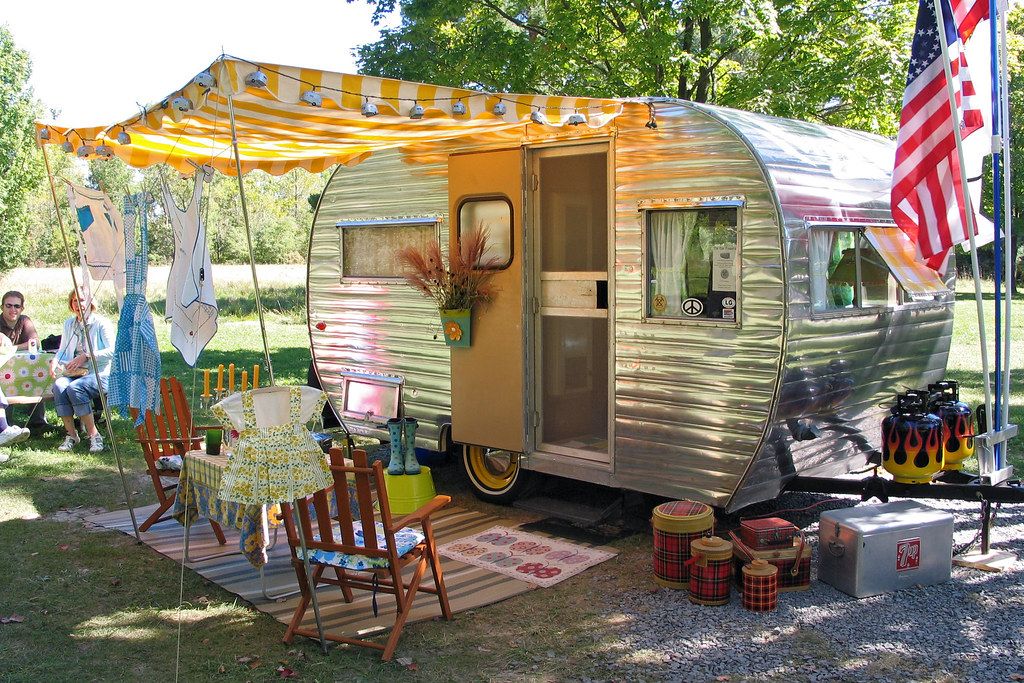
Collecting classic cars can be a truly exhilarating and deeply rewarding pursuit, offering a unique blend of passion, history, and the potential for a sound investment. The allure of vintage muscle, elegant European coupes, or charming retro cruisers often captures the hearts of enthusiasts, promising a journey filled with nostalgia and timeless craftsmanship. However, beneath the gleaming chrome and polished paintwork lies a complex landscape fraught with potential financial pitfalls.
Navigating the classic car market requires more than just an appreciation for automotive beauty; it demands shrewd decision-making and a keen eye for detail to ensure your collection thrives, rather than drains your bank account. Both new entrants and seasoned veterans in this vibrant hobby can inadvertently stumble into common mistakes that jeopardize their experience and financial returns. Being well-informed about these blunders is paramount to safeguarding your investment and enjoying the full thrill of classic car ownership.
This in-depth guide illuminates the most significant financial missteps made by classic car collectors. We’ll break down 14 critical errors, providing actionable insights rooted in expert knowledge to help you steer clear of costly blunders, make smarter decisions, and build a collection that brings both joy and financial success. Let’s delve into the first set of crucial mistakes to avoid right from the outset of your collecting journey.
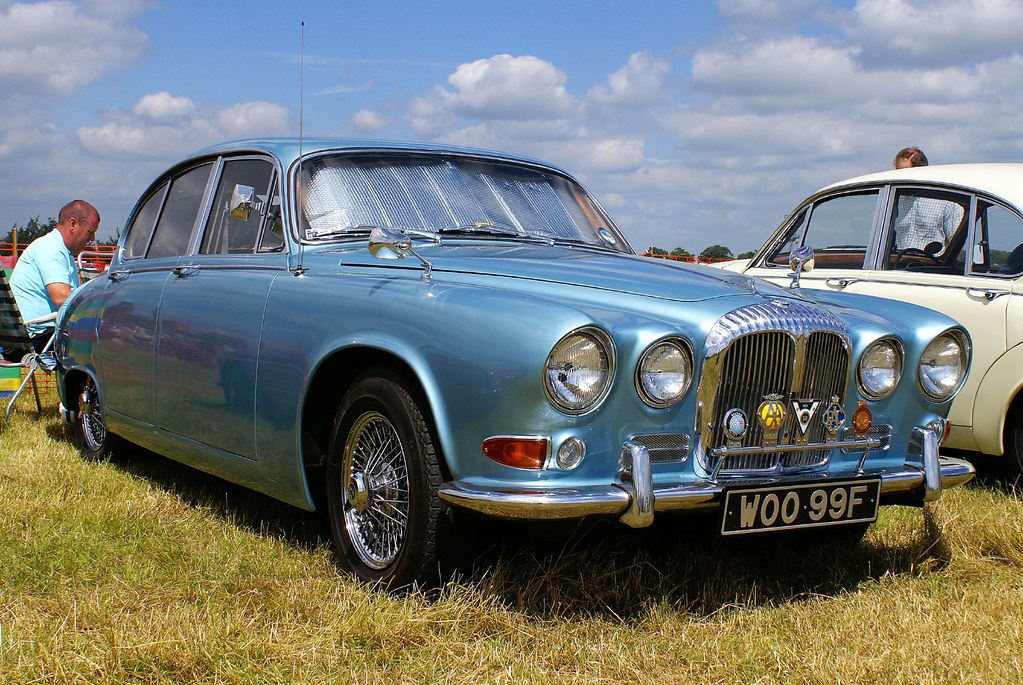
1. **Overlooking Thorough Research and Market Trends**One of the most foundational and financially damaging mistakes classic car collectors make is failing to conduct comprehensive research into the vehicle and the broader market before a purchase. Excitement often overshadows the critical need for due diligence, leading to decisions based on emotion rather than solid facts. This oversight can easily result in overpaying or investing in a model that will not appreciate as expected.
It is essential to understand a model’s history, market demand, and unique characteristics. Many collectors get excited without delving into its provenance, which could include past accidents or restoration history. Proper research also clarifies rarity and authenticity, ensuring you do not overpay for a vehicle less valuable than it seems. Relying on historical data and expert opinions when selecting vehicles is paramount, as emotional attachment can easily cloud judgment.
A lack of research can mean missing out on potential problems specific to certain makes and models. Some classic cars may have design flaws or engineering issues that can be costly to repair. Always gather information about previous ownership, verify originality, and check for outstanding recalls or known issues to prevent future headaches. Detailed investigations into the history and specifications of vehicles are crucial.
Staying updated with changing market trends is equally crucial, as classic car collecting is an investment. A car in high demand today may not hold its value tomorrow. Familiarity with rising brands, models, and years can prevent investing in a car that will lose value. Monitor market fluctuations regularly, utilizing resources like auction results, sales data, and enthusiast forums to gauge current values. Understanding how rarity, condition, historical significance, and market demand contribute to a vehicle’s worth is critical.
Read more about: Avoid These 12 Critical Mistakes When Investing in Early-Stage Startups: An Insider’s Guide

2. **Skipping Professional Inspections**Perhaps one of the most significant and potentially costly mistakes a classic car collector can make is foregoing a professional inspection before committing to a purchase. While it might seem an additional expense, having a qualified mechanic or appraiser meticulously examine the car can be the ultimate safeguard against a disastrous investment. An expert eye can discern hidden rust, underlying engine problems, or structural issues often invisible to the casual enthusiast.
Ignoring this crucial step leads to unforeseen repair costs that can rapidly eclipse the car’s initial value. Classic cars are often sold with glowing descriptions, but without an independent expert’s evaluation, verifying the vehicle’s actual state is impossible. A professional inspection provides peace of mind and, crucially, offers a factual basis to negotiate a more favorable price, reflecting any issues discovered.
The “road-ready” pre-purchase inspection is a secret many first-time buyers unfortunately overlook. Even if you are an expert, a second opinion from a trusted professional is always advisable. Taking the vehicle to a service center or ordering a specialized vehicle inspection by companies like AAG Auto Appraisal Group or FossilCars can confirm structural integrity and identify signs of wear and tear, protecting you from a “lemon.”
Moreover, it’s not just about finding any mechanic; it’s about finding the right one. Not every mechanic possesses the specialized knowledge required for rare or classic cars. Before purchasing, inquire about local garages’ experience with your specific make and model. If they lack expertise, seeking a seasoned, “old school” mechanic specializing in older vehicles is essential, despite potentially higher rates. This thorough examination also helps verify VIN matches.
Read more about: 12 Essential Questions to Ask Your Mechanic Before Approving Any Car Repair
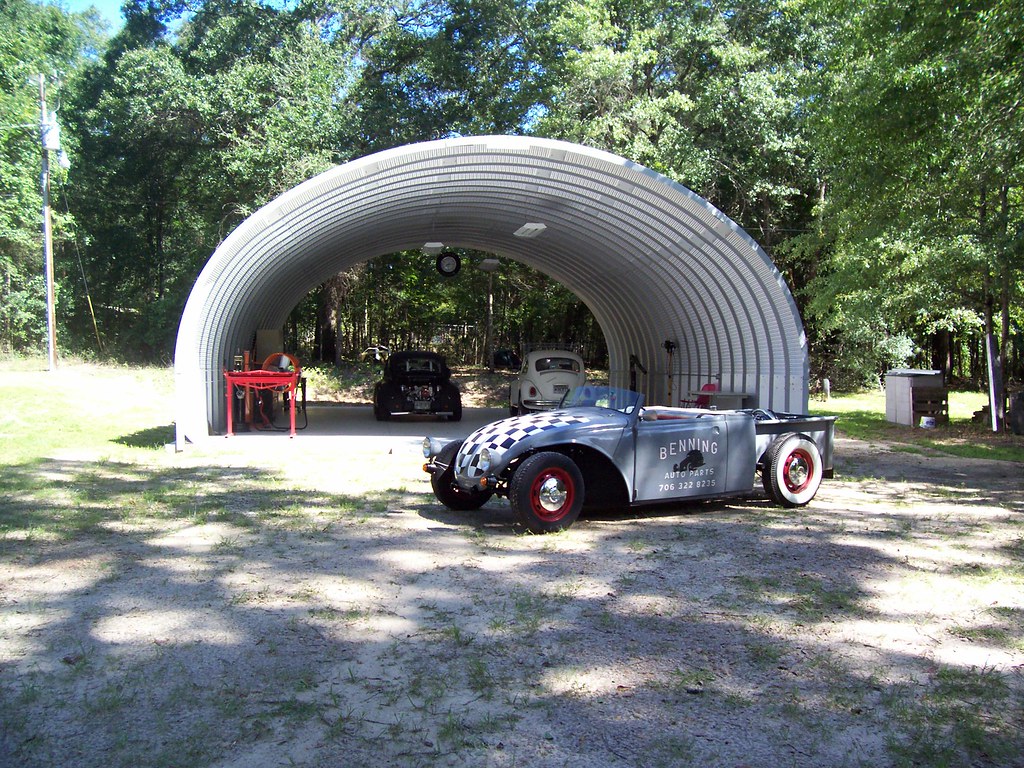
3. **Ignoring Long-Term Ownership and Upkeep Costs**Many classic car collectors, swept up in initial thrill, fail to adequately consider the substantial ongoing financial commitment of long-term ownership. The purchase price is merely the first hurdle; these revered vehicles come with maintenance and upkeep expenses that can easily strain a budget if not anticipated. Older vehicles demand specialized care to remain roadworthy and preserve their value, from engine tune-ups to sourcing rare parts, all of which can be surprisingly costly.
Beyond mechanics, classic car insurance represents another frequently overlooked financial burden. Due to their unique value, age, and specialized coverage, classic cars often entail significantly higher premiums than standard vehicles. Neglecting to research these upkeep costs leads to financial surprises. Connecting with local classic car clubs is an excellent strategy to gain a clearer understanding of a specific model’s true maintenance costs.
Members of these communities, with first-hand experience, can provide accurate estimates of ongoing expenses. This networking is invaluable for building a comprehensive budget that extends far beyond the initial purchase. A comprehensive budget should include loan payments, insurance premiums, regular maintenance, potential restoration work, and even unforeseen repairs. Allocate extra funds for unforeseen repairs or restoration needs.
Proper storage is another critical expense often overlooked. Classic cars require careful environmental control to prevent deterioration. Exposure to elements like sun, rain, and extreme temperatures causes significant damage to the body, interior, and engine. Investing in a climate-controlled garage or secure, specialized storage facility is often necessary to preserve the car’s value, adding a substantial recurring cost. Understanding the total cost of ownership is paramount for avoiding future financial strain.
Read more about: 8 SUVs Drivers Wish They Could Forget: An In-Depth Look at Common Regrets and Costs
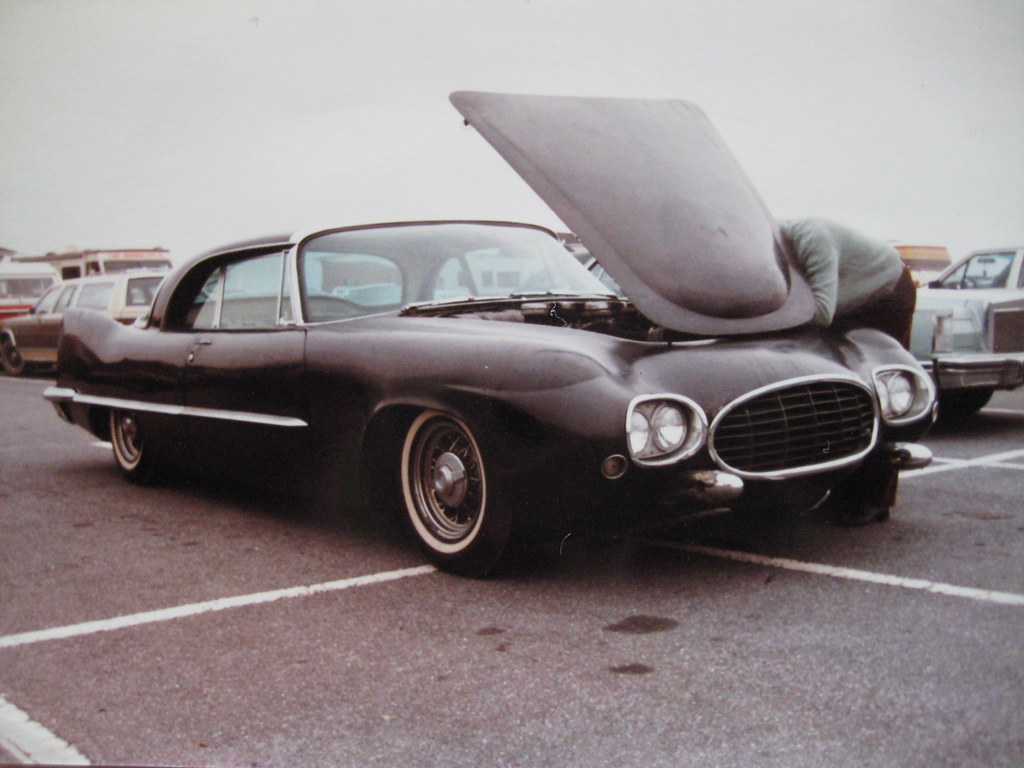
4. **Disregarding the Importance of Original Parts and Authenticity**A critical mistake eroding classic car value is failing to prioritize original parts and authenticity during restoration or maintenance. Many collectors, seeking cost savings, might opt for non-original components. This can unintentionally diminish the car’s authenticity and significantly decrease its market value. A classic car’s worth is often deeply tied to its originality, making preservation of original parts or meticulous use of period-correct replacements essential.
Even when original parts are difficult to locate or expensive, collectors should prioritize their preservation. A car’s value appreciates more when kept as original as possible, as purists show greater appreciation for factory-correct specifications. Restoring with modern, non-period-correct parts might seem a shortcut, but it frequently leads to regrettable financial consequences by diluting the car’s historical integrity.
Neglecting authentication goes hand-in-hand. It’s not just about using original parts, but verifying all components and records attest to the car’s genuine heritage. Recognizing replicas versus original parts, and their impact on value, is paramount. Collectors must ensure restoration work aligns with original specifications and all changes are meticulously documented. This ensures the car’s story remains intact and verifiable.
The demand for original components stems from a desire for historical accuracy and automotive heritage preservation. A car that is a true testament to its era, with original engineering, will almost always command a higher price. Meticulous attention to originality is not merely an aesthetic choice but a crucial financial strategy for maintaining and enhancing a classic car’s investment potential.
Read more about: Behind the Velvet Curtain: How Secretive Crisis PR Firms Navigate Hollywood’s Most Explosive Scandals and Shape Celebrity Destiny
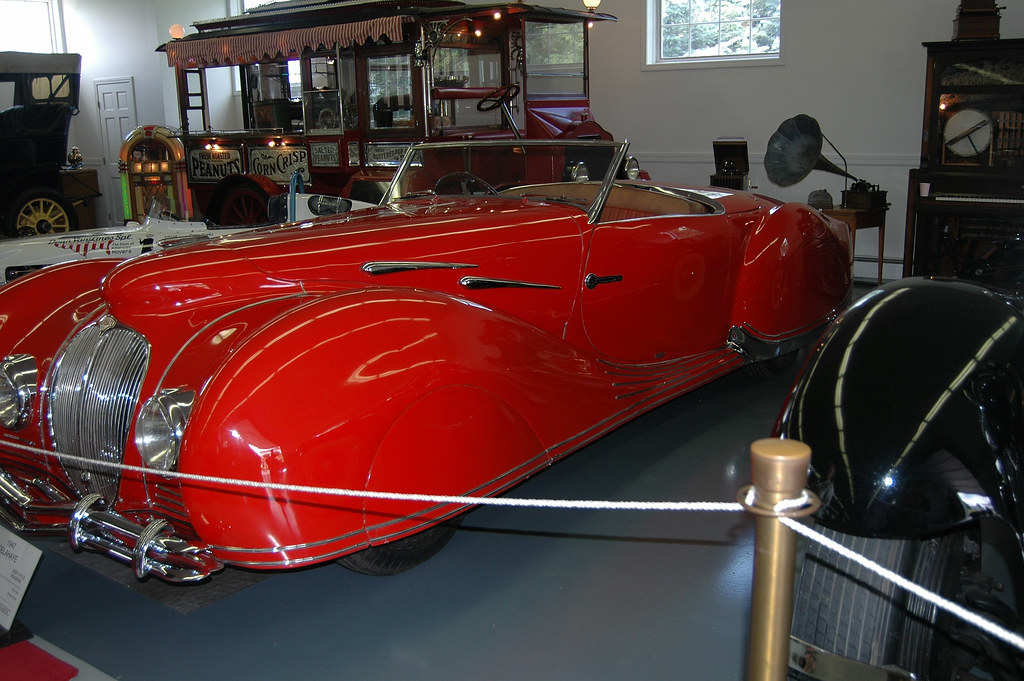
5. **Failing to Plan for Proper Storage**Another common and financially detrimental error is acquiring a vehicle without adequately considering its storage requirements. Classic cars are not designed to withstand daily driving or prolonged exposure to varying environmental conditions; they demand a specific, controlled environment to prevent rapid deterioration. Ignoring this fundamental need leads to significant damage, directly eroding the car’s condition and market value.
Exposure to elements like harsh sunlight, heavy rain, and extreme temperature fluctuations wreaks havoc on delicate components. Paint fades, rubber seals perish, interiors suffer, and metal parts rust. These damages are costly to repair, often requiring extensive restoration that far outweighs initial savings from neglecting proper storage.
To effectively preserve a classic car’s value, investing in appropriate storage conditions is non-negotiable. This often necessitates a climate-controlled garage or securing a professional storage facility designed specifically for classic vehicles. Such facilities provide enhanced security, environmental control, and sometimes specialized maintenance services, safeguarding the vehicle from damage and theft.
Failing to budget and plan for this crucial aspect can quickly diminish a classic car’s condition and worth. The cost of renting a secure, climate-controlled space, or upgrading a personal garage, should be viewed as a necessary component of total ownership cost. Without proper protection, even a meticulously maintained car can lose its appeal and financial standing.
Read more about: The Absolute Worst Financial Missteps Supercar Owners Make (and How to Avoid Them)
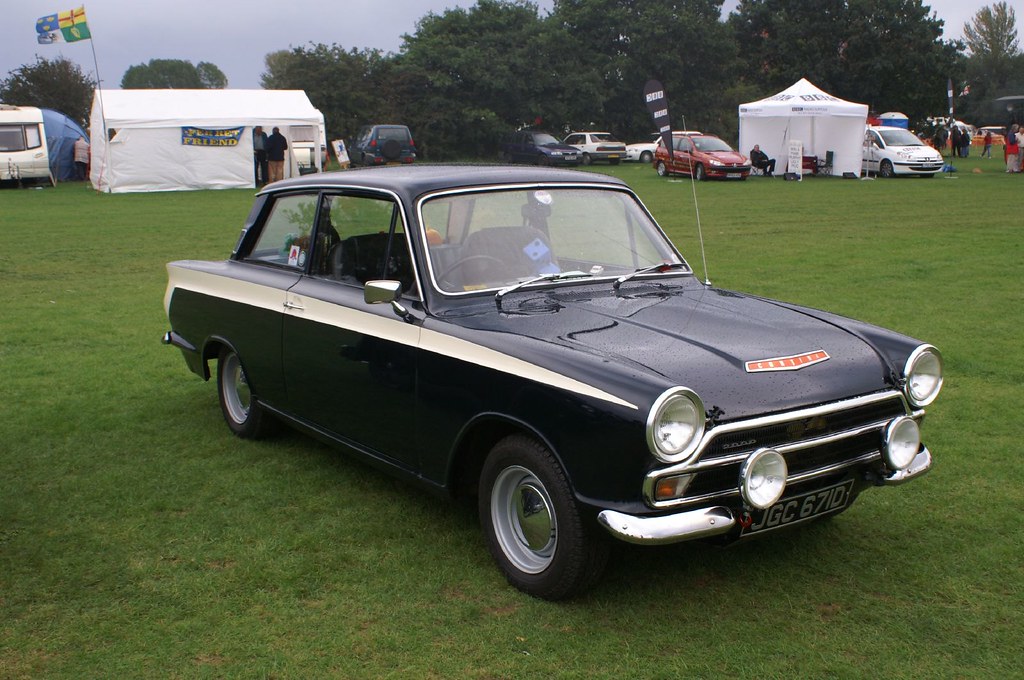
6. **Neglecting Proper Documentation and Provenance**Classic car collectors frequently underestimate or entirely overlook the immense importance of meticulously maintaining proper documentation for their vehicles. This oversight can prove to be a significant financial mistake, as a car’s title, comprehensive service records, and verifiable proof of authenticity profoundly influence its value and marketability. Without robust documentation, substantiating the vehicle’s history, condition, and originality becomes challenging, deterring potential buyers and impacting resale value.
Documentation serves as the irrefutable chronicle of a car’s life: its original factory specifications, records of previous ownership, details of any past restorations, and modifications made over the years. A complete and verifiable history inspires confidence in buyers, assuring them of the car’s legitimate provenance and condition. This transparency not only attracts more serious buyers but can also significantly elevate the car’s resale value, distinguishing it from less well-documented counterparts.
The importance of background checks, which rely heavily on documentation, cannot be overstated. Utilizing resources like Carfax or AutoCheck for modern vehicles, and historical archives or club records for older classics, provides comprehensive reports detailing a car’s past. These tools expose hidden issues such as title discrepancies or odometer rollback fraud, underscoring why meticulous record-keeping by the owner is paramount.
Collectors should diligently keep track of all relevant paperwork, from the initial bill of sale and title to every receipt for maintenance, repairs, and parts. Beyond service records, any awards won, magazine features, or photographs illustrating its history further enhance its story and value. These documents are not merely administrative necessities; they are integral components of the classic car itself, safeguarding its authenticity and providing tangible evidence of its historical journey.
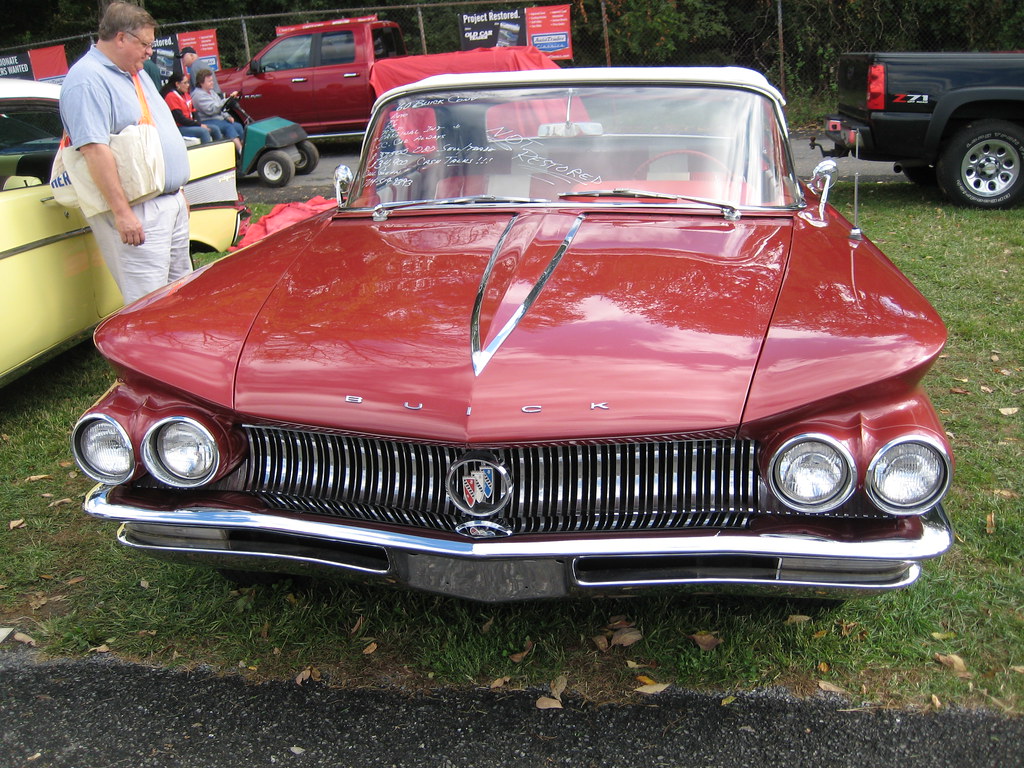
7. **Rushing into a Purchase**The inherent excitement accompanying the prospect of acquiring a classic car can often cloud judgment, leading collectors to make hasty and ill-considered decisions. Rushing into a purchase before being fully prepared is a prevalent mistake that can result in significant financial repercussions. Taking the necessary time to thoroughly inspect and research a car, and to meticulously evaluate its market potential, is absolutely key to making a sound and profitable investment.
Impatience in the buying process often causes collectors to overlook critical red flags. These might include undisclosed mechanical issues, underlying structural damage, or an inflated asking price that far exceeds the vehicle’s actual market value. A rushed decision can lead to falling in love with a car that is either a “lemon” or simply overpriced, compelling you to settle for a less-than-ideal option when patience could have yielded a superior choice.
The context emphasizes that “patience allows you to make a more informed decision and find a car that fits your collection goals, rather than settling for a less-than-ideal option.” This underscores the strategic advantage of taking a measured approach. It involves stepping back from the immediate emotional pull of a vehicle to objectively assess all factors—from its condition and history to its market valuation and alignment with your personal collecting objectives.
Moreover, rushing can also mean failing to properly investigate financing options or overlooking the total cost of ownership. A hastily made decision could result in buyer’s remorse or financial strain down the line if the car proves more problematic or expensive than anticipated. Don’t hesitate to walk away from a deal that doesn’t meet your criteria or if any aspect feels uncertain.
The initial journey into classic car collecting, while thrilling, is just the beginning. Sustaining your investment and ensuring long-term success requires navigating an entirely new set of financial challenges. Beyond the initial acquisition, collectors must remain vigilant about market dynamics, financing intricacies, and often-overlooked aspects of ongoing ownership that can significantly impact their financial well-being and the value of their prized possessions. This next segment delves into seven more critical financial pitfalls, offering insights to help you bypass these blunders and secure the enduring joy and value of your classic car collection.
Read more about: The Absolute Worst Financial Missteps Supercar Owners Make (and How to Avoid Them)

8. **Not Understanding the True Value of the Car**One of the most critical mistakes buyers make, particularly when considering financing, is failing to accurately assess the true value of the classic car they wish to purchase. Unlike modern vehicles, whose prices are relatively straightforward to estimate, classic car values can fluctuate significantly based on nuanced factors such as rarity, a vehicle’s specific condition, its provenance, and the current market demand. This inherent variability makes a precise valuation more complex, yet absolutely essential for any serious collector or investor.
Overpaying for a classic car because its true value was not understood can immediately result in negative equity, placing the collector at a financial disadvantage from day one. Conversely, undervaluing a car can lead to inadequate loan amounts, leaving the buyer short on the necessary funds to complete the purchase or cover immediate needs. Either scenario can create considerable financial strain, undermining the investment potential and the enjoyment of ownership.
To avoid this significant pitfall, collectors should consult reputable valuation guides such as Hagerty or NADA to establish accurate price ranges for their desired models. Engaging a professional appraiser to independently assess the car’s value before applying for financing is another invaluable step. Additionally, thorough research into recent auction results and sales data for similar models provides tangible evidence of current market worth, offering a factual basis for any purchasing or financing decision.
Recognizing that emotional attachment can easily cloud judgment, collectors must rely on historical data and expert opinions when selecting vehicles. This objective approach ensures that the investment is based on solid facts rather than fleeting excitement. Understanding the multifaceted valuation process is critical for avoiding this classic car collecting mistake and ensuring a sound financial foundation for your purchase.
Read more about: The Absolute Worst Financial Missteps Supercar Owners Make (and How to Avoid Them)
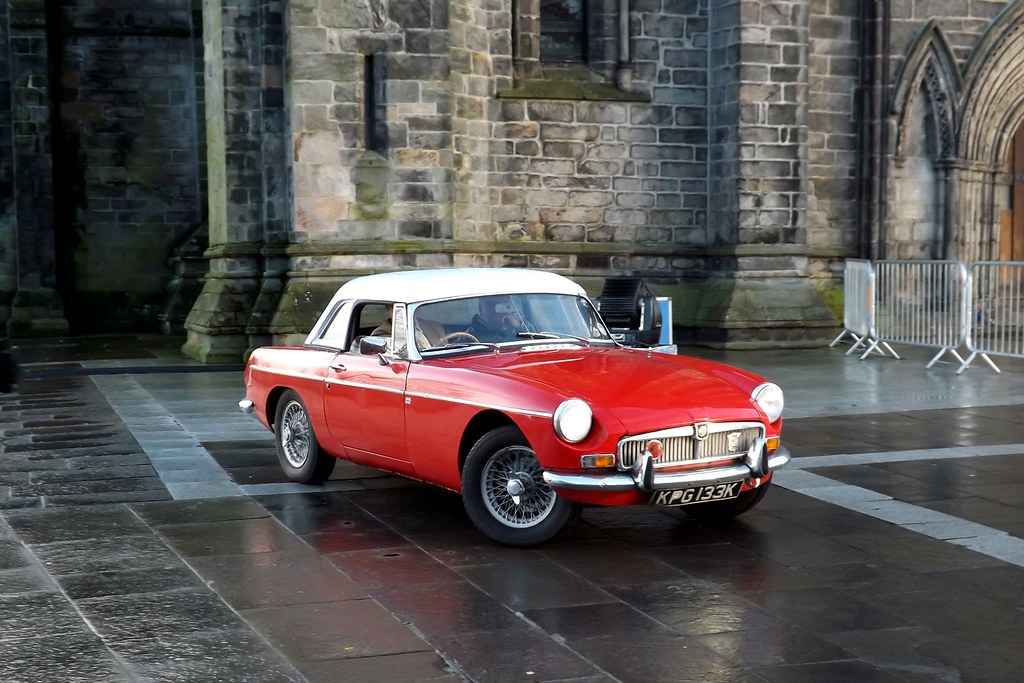
9. **Choosing the Wrong Financing Option**Many classic car enthusiasts mistakenly approach financing a vintage vehicle with the same assumptions they would a modern car, opting for traditional auto loans. This can be a significant financial error because standard auto loans are often not structured to account for the unique considerations of classic vehicles, such as their potential for appreciation, specific mileage limitations, or the specialized nature of their maintenance and use.
Utilizing a traditional auto loan for a classic car can lead to several disadvantages. Such loans may come with terms that are too short to be comfortable, resulting in higher monthly payments that strain a collector’s budget. Furthermore, interest rates can be unnecessarily high, increasing the total cost of the loan over time. In some instances, conventional lenders may not even offer financing for classic cars, leaving buyers scrambling for alternative, potentially less favorable, options at the last minute.
To navigate this challenge successfully, it is paramount to work with lenders who specialize in collector car loan services. These niche financial institutions possess a deep understanding of the nuances involved in financing vintage vehicles, from their unique market dynamics to their specific insurance and storage requirements. Their expertise allows for more flexible and tailored loan products that better suit the collector car market.
Collectors should meticulously compare interest rates, loan terms, and repayment flexibility across multiple specialized lenders. The goal is to ensure that the chosen loan terms align perfectly with both their overarching financial goals and their intended use of the car. Making an informed decision on financing can prevent considerable financial stress and ensure the loan structure complements the long-term investment strategy.
Read more about: Avoiding Financial Fouls: 12 Critical Finance Areas to Master Post-Career for Savvy Individuals
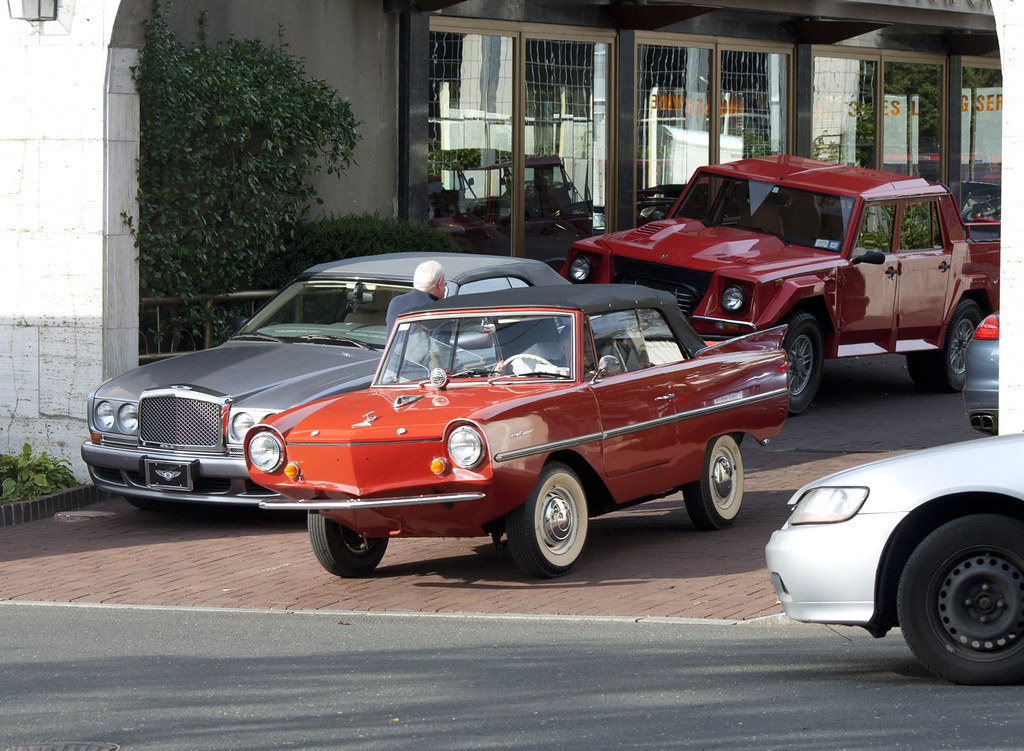
10. **Financing More Than You Can Afford**It is incredibly easy for classic car buyers to get carried away by the sheer excitement of purchasing a dream car, often leading them to overextend their budget. While classic cars are undeniably passion purchases, failing to balance this emotion with practical financial planning can lead to significant financial strain and regrettable outcomes. Overextending your budget by financing more than you can comfortably manage is a prevalent and dangerous mistake.
Over-financing a vehicle inevitably results in higher monthly loan payments, which can severely restrict a collector’s financial flexibility and leave less room for other essential expenses or unexpected costs. The risk of defaulting on a loan, should financial circumstances change or unexpected repairs arise, is also significantly increased. Such a default could lead to the painful loss of the cherished car and inflict substantial damage to one’s credit score, impacting future financial endeavors.
To prevent this, prospective buyers should diligently use a loan calculator to accurately determine what monthly payments they can genuinely and comfortably afford within their existing financial framework. A key strategy to mitigate the financed amount and consequently, the monthly payments, is to make the down payment as substantial as possible. This reduces the principal balance and the overall interest paid over the loan term.
Ultimately, sticking steadfastly to your budget is crucial, even if it means exercising patience and waiting longer to acquire the classic car you truly desire. This measured approach ensures that the acquisition of a classic car enhances, rather than detracts from, your financial stability. By balancing passion with practicality, collectors can make a smart financial decision and secure the vehicle of their dreams without undue stress.
Read more about: The Absolute Worst Financial Missteps Supercar Owners Make (and How to Avoid Them)

11. **Disregarding Market Trends and Valuation Changes**While initial research is vital, a common and financially detrimental error for classic car collectors is disregarding the ongoing dynamic nature of market trends and valuation changes after the initial purchase. The collector automotive market is not static; it experiences cycles influenced by evolving economic conditions, shifting consumer preferences, and even new regulations. Ignoring these continuous fluctuations can lead to poor purchasing decisions and missed opportunities for maximizing value.
Failing to monitor market fluctuations regularly means a car that was in high demand and appreciated in value yesterday may not hold that same worth tomorrow. Prices can shift significantly within short periods, and being uninformed can lead to unknowingly overpaying for a vehicle or, conversely, underestimating its true potential for appreciation. This lack of awareness directly impacts the car’s investment potential and long-term financial success.
To stay ahead, collectors should actively utilize resources such as auction results, comprehensive sales data, and enthusiast forums to consistently gauge current values and anticipate market movements. Paying close attention to emerging trends is equally important; certain brands or models can rapidly gain popularity due to cultural influences or upcoming events, driving demand and prices higher. Staying updated provides a competitive edge, allowing for savvy choices in both acquisition and disposition.
Evaluating historical performance also offers invaluable insight. Vehicles with a consistent upward trajectory in value may likely continue their trend, but it’s crucial to recognize when some models may have already peaked. Networking with other collectors at car shows, auctions, and meetups is another immensely helpful strategy, fostering the exchange of insights that can inform decisions about shifts in taste and market trends, ultimately safeguarding your investment.
Read more about: Navigating the Financial Maze: Essential Mistakes to Avoid When Funding Your Child’s College Education

12. **Focusing Too Much on Aesthetics**While the visual appeal of a classic car is undoubtedly a major draw, many collectors make the mistake of focusing excessively on aesthetics to the detriment of other crucial factors. This oversight can lead to significant financial repercussions, as a car with beautiful exterior paint and a pristine interior may still harbor serious hidden mechanical issues or underlying structural damage that can be incredibly costly to repair.
Such a narrow focus often causes collectors to neglect critical checks for mechanical integrity and overall functionality. They might be so captivated by the gleaming chrome and polished surfaces that they overlook essential verification of engine performance, transmission health, or the condition of the undercarriage. This can result in purchasing a vehicle that, despite its stunning appearance, is a “lemon” beneath the surface, demanding extensive and unforeseen expenditures.
To avoid this pitfall, it is essential to balance an appreciation for aesthetics with a rigorous verification of mechanical integrity. Collectors must prioritize confirming the car’s functionality, assessing its engine performance, and scrutinizing its overall condition before allowing visual appeal to sway their decision entirely. An expert inspection, as highlighted earlier, becomes even more critical here to objectively identify issues that a casual glance might miss.
Ultimately, a classic car that runs well, drives smoothly, and is mechanically sound will prove far more valuable in the long run than one that merely looks impressive but constantly requires expensive repairs. The true joy and financial success in classic car collecting stem from owning a vehicle that embodies both timeless craftsmanship and reliable performance, ensuring a sustainable and rewarding investment.
Read more about: Ignored No More: Unearthing the 16 Most Underrated Foreign Classic Cars of the 1990s

13. **Underestimating the Need for Specialized Insurance**Many classic car collectors mistakenly assume that standard auto insurance will suffice for their prized vehicles, which is a significant financial oversight. Classic cars typically require specialized insurance policies due to their unique age, rarity, inherent value, and the specific risks associated with them. Assuming regular coverage can leave these valuable assets dangerously underinsured and expose collectors to substantial financial losses.
Specialized classic car insurance differs fundamentally from conventional policies. It often includes “agreed value” coverage, which means that in the event of a total loss, the insurer pays out the car’s appraised value, rather than a depreciated market value as is common with standard vehicles. This critical distinction protects the collector’s investment, acknowledging the car’s potential for appreciation rather than depreciation. Additionally, these policies often come with specific mileage limitations and storage requirements that must be adhered to.
Failing to secure the right type of policy can lead to severe financial consequences. Inadequate coverage could leave a collector vulnerable to significant financial loss in the unfortunate event of an accident, theft, or other damage. Moreover, many lenders specializing in classic car loans have specific insurance requirements that must be met for loan approval or to maintain the loan terms. Not understanding these details could affect loan conditions or even approval.
To circumvent this mistake, it is crucial to research and work with insurance providers that specifically specialize in classic car coverage. Collectors should ensure their policy includes agreed value coverage and discuss all insurance requirements with their lender before finalizing any loan agreement. This thorough approach safeguards the vehicle’s value and provides peace of mind, avoiding costly gaps in protection for a cherished investment.
Read more about: The Absolute Worst Financial Missteps Supercar Owners Make (and How to Avoid Them)
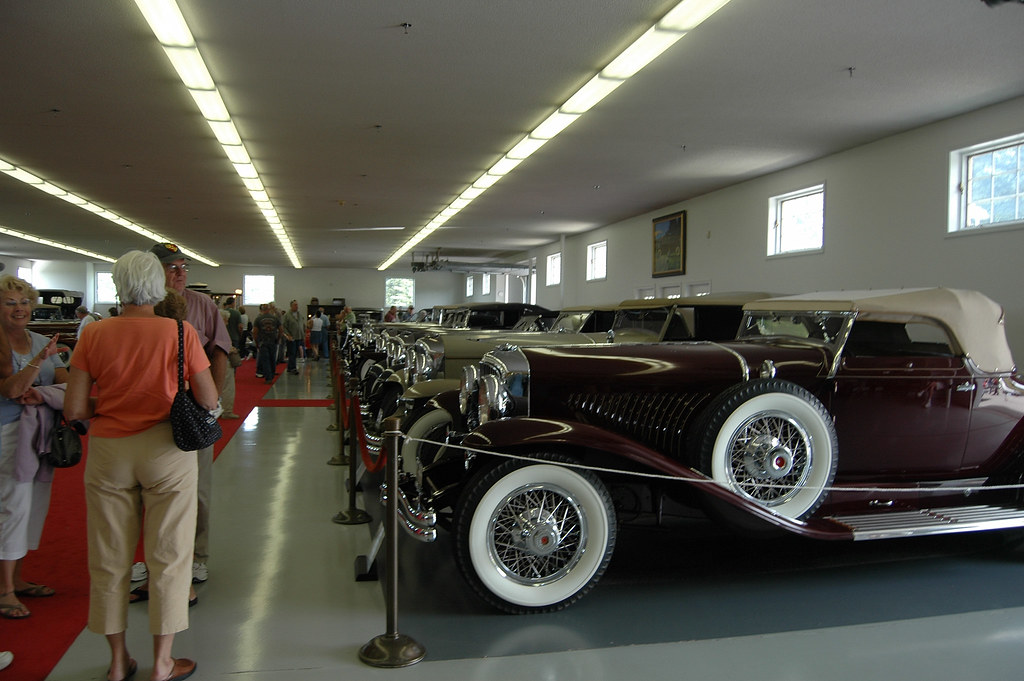
14. **Not Understanding the Loan Terms**Before signing any financing agreement, a common and potentially very costly mistake many borrowers make is glossing over the fine print and failing to fully understand the loan’s terms and conditions. The excitement of acquiring a classic car can sometimes overshadow the necessity of meticulous review, only for borrowers to be surprised by hidden fees, unexpected penalties, or unfavorable terms much later in the loan’s lifecycle.
This lack of comprehensive understanding can lead to various financial complications. Unforeseen administrative fees, processing charges, or early prepayment penalties can significantly increase the total cost of the loan beyond initial expectations. If the terms are not clear, collectors might inadvertently violate clauses, leading to additional charges or even jeopardizing their ownership of the vehicle.
It is paramount to pay close attention to every detail of the loan agreement. This includes scrutinizing the stated interest rate, understanding all associated fees—both upfront and ongoing—and being fully aware of any prepayment penalties that might apply if you decide to pay off the loan early. Additionally, clarity on the loan term, repayment schedule, and any clauses related to collateral or default is absolutely essential.
If any aspect of the loan document appears unclear, ambiguous, or raises questions, do not hesitate to ask the lender for thorough clarification. A reputable specialized lender will be prepared to explain every detail, ensuring complete transparency. Making a fully informed decision about your loan terms is not merely an administrative task; it is a critical step in making a financially sound investment and avoiding future stress, allowing you to enjoy your classic car without unforeseen burdens.
Read more about: The Legal Lowdown: 7 Crucial Reasons Why Celebrity Lawsuits Like Justin Baldoni’s Get Tossed Out
These 14 financial mistakes represent common pitfalls for both new and experienced classic car collectors. By proactively understanding and avoiding these blunders—from initial research and smart financing to ongoing maintenance and diligent documentation—collectors can ensure their passion for vintage automobiles translates into a truly rewarding and financially sound investment. The world of classic cars offers immense joy and historical connection, and with careful planning, your collection can thrive for years to come.


